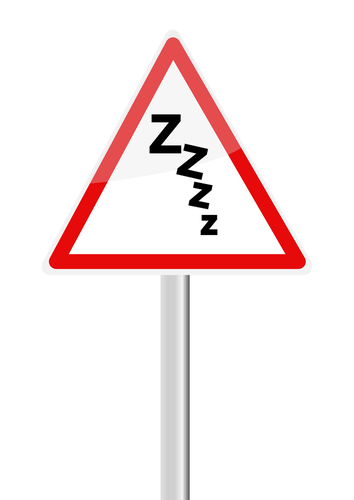It seems the entire state of Florida is slowly caving in as more and more sinkholes appear throughout the sunshine state, resulting in a tripling of insurance claims in five years. According to a new state report, for the years 2006 through 2010, sinkhole claims have cost Florida property insurers $1.4 billion — a number that could reach $2 billion by the end of this year.
The report, authored by the state’s Office of Insurance Regulation, says sinkhole costs increased from $209 million in 2006 to $409 million in 2009, with the largest share of the total expense coming from structured loss (54%) and land loss (27%). In 2006, open claims totaled more than $3.3 million for expenses paid and $13.6 million for indemnity. By 2009, these numbers increased drastically to $29.5 million and $114.6 million respectively.
“There is no question that the tripling of frequency of claims will have a significant expense associated with adjusting these claims in Florida and will continue to put upward pressure on rates,” [state Insurance Commissioner Kevin McCarty] said Tuesday.
The bulk of the claims come from an area known as the Sinkhole belt — Hernando, Pasco, Hillsborough and Pinellas counties. McCarty has cited sinkholes as one of the major cost drivers of insurance premiums in the state. As a solution to the problem, McCarty is looking into changing policy language regarding the definition of structural damages or possibly creating a sinkhole insurance fund. Though McCarty and his team are brainstorming ways to deal with sinkholes without raising insurance rates, an increase is likely unavoidable. The state’s largest property insurer, Citizens Property Insurance, cited the cost of sinkhole claims in requesting a rate increase for next year. The insurer said it took in $19.6 million in premiums for sinkhole coverage in 2009 but has paid out $97 million in claims cost.
Here’s a well-crafted news clip from a Central Florida station about the growing number of sinkholes and the importance of insurance coverage.


